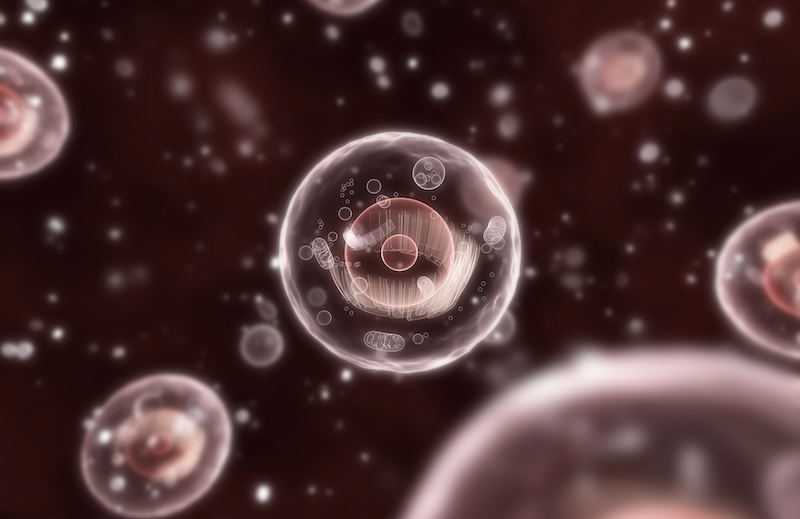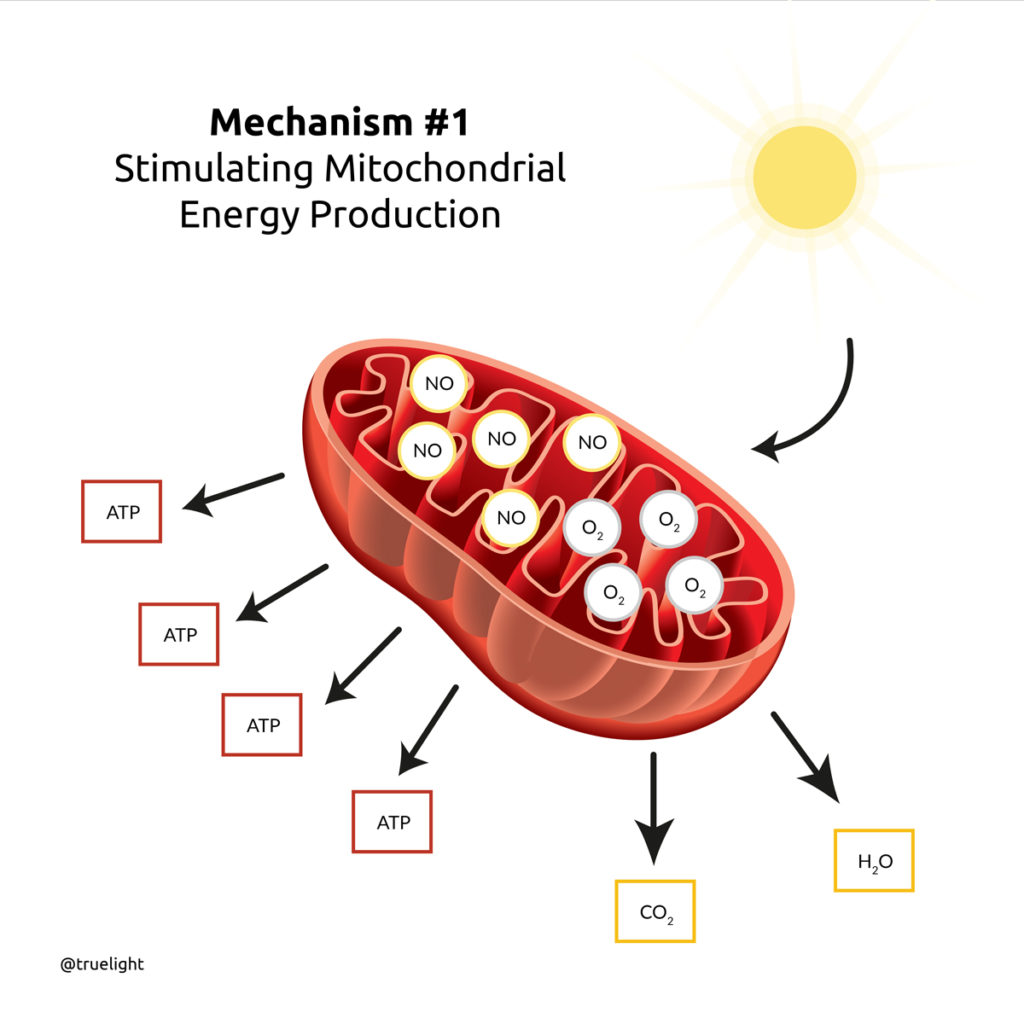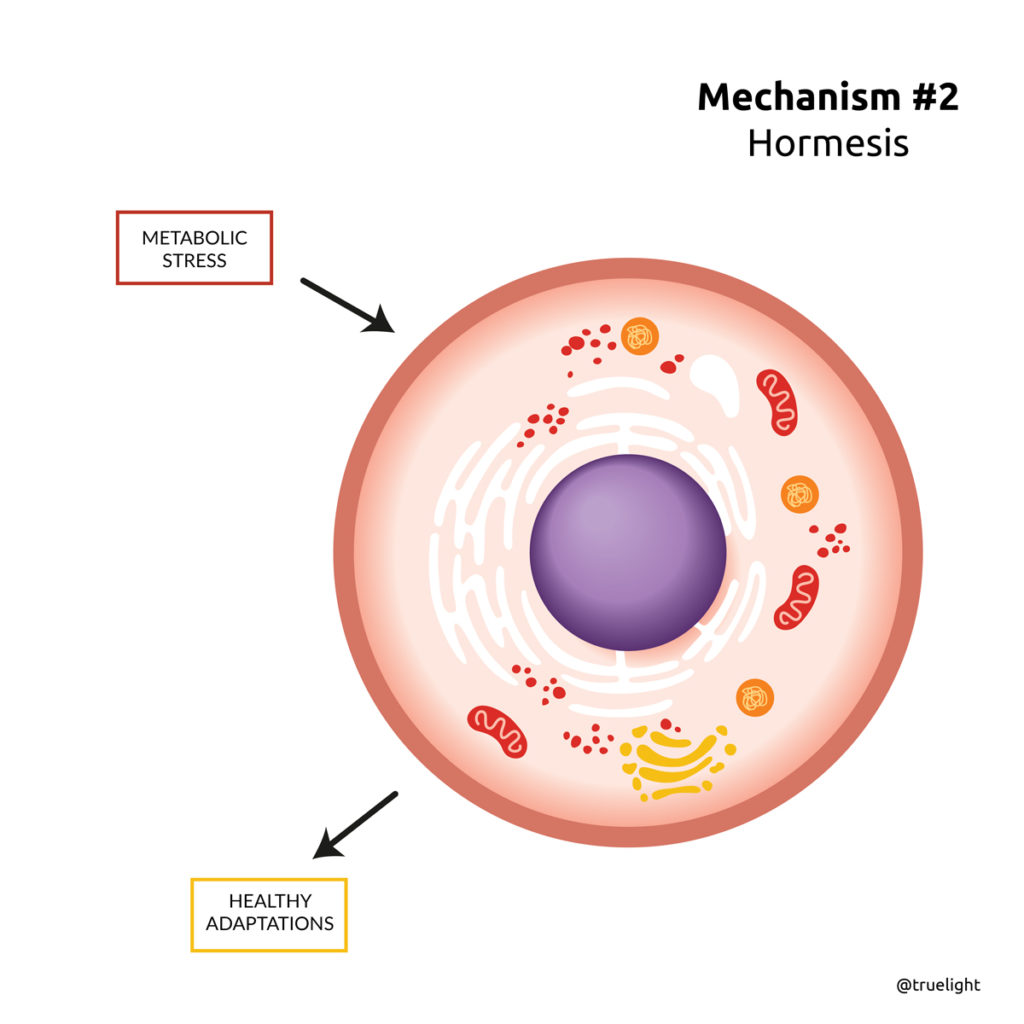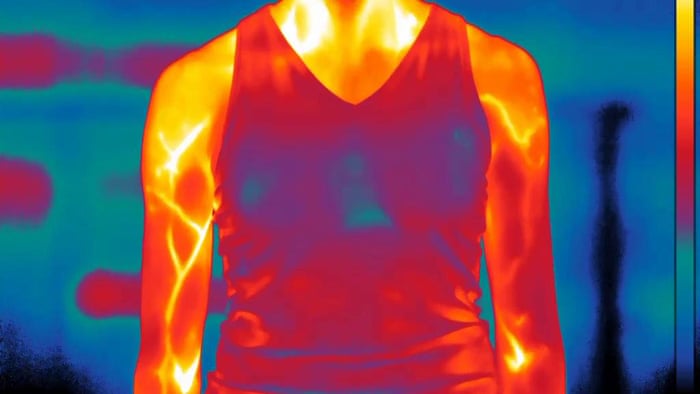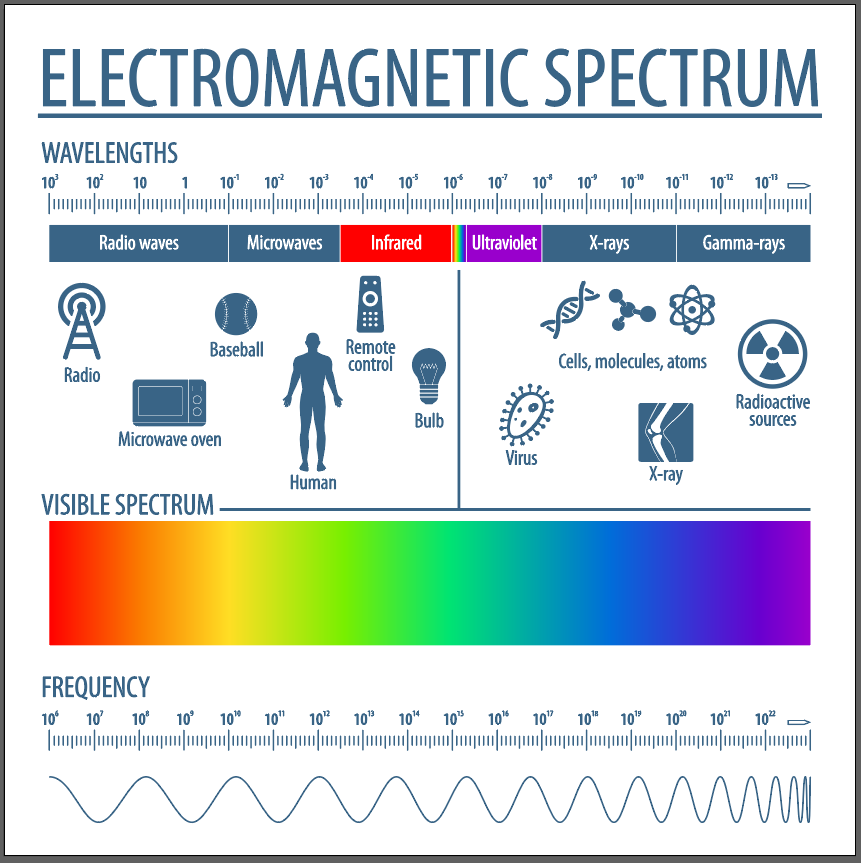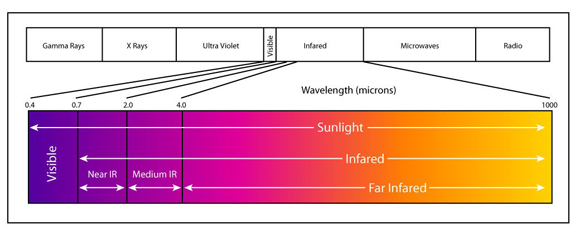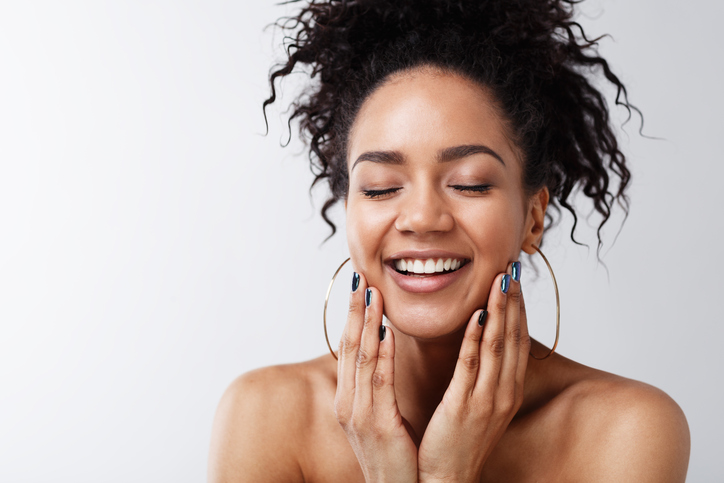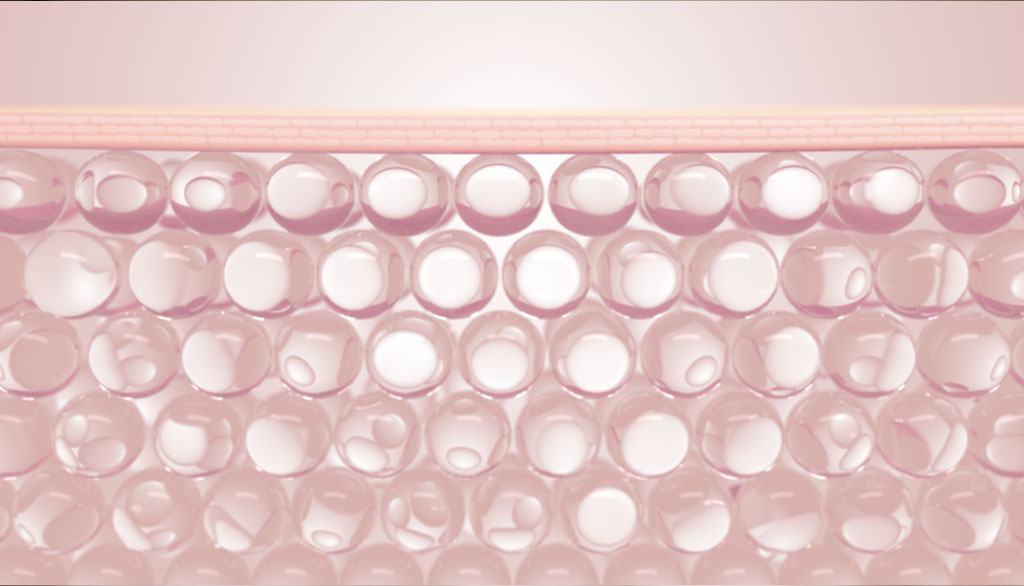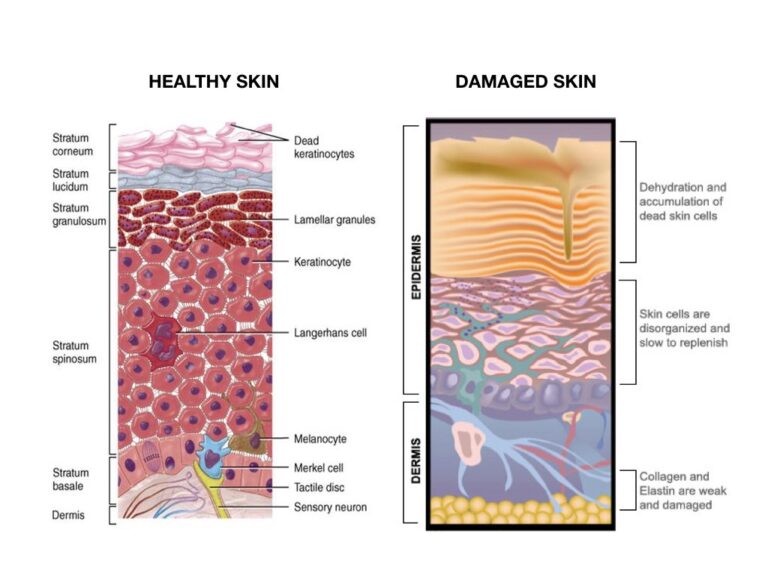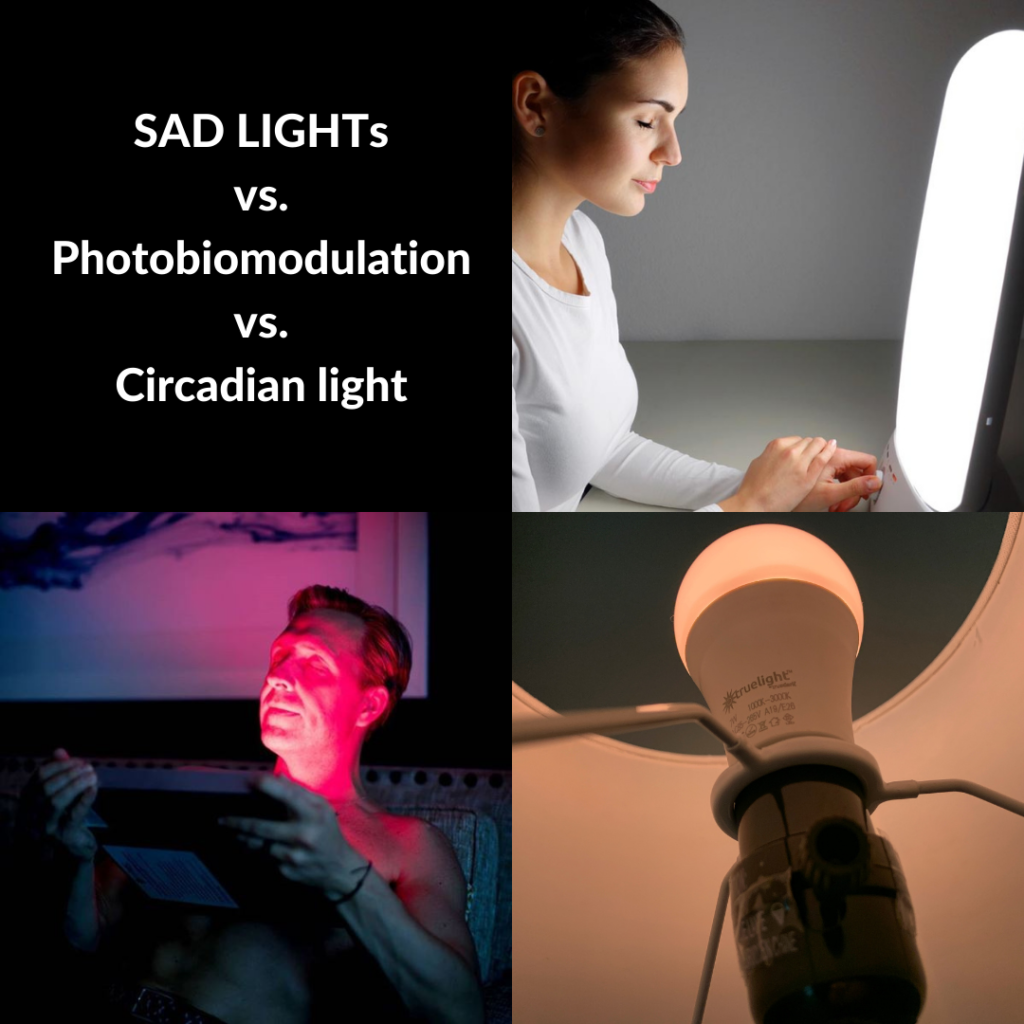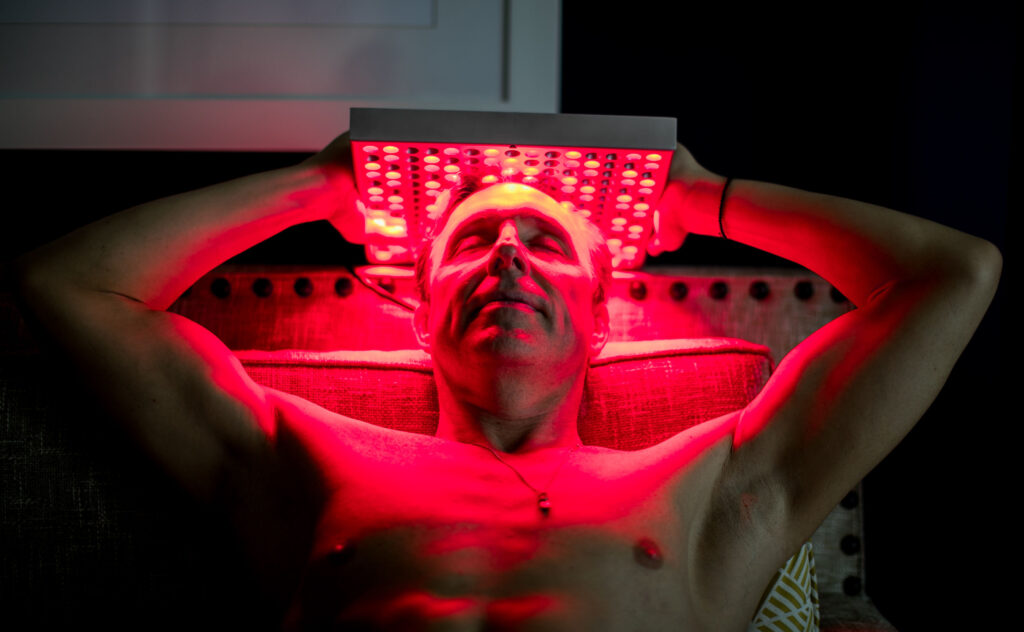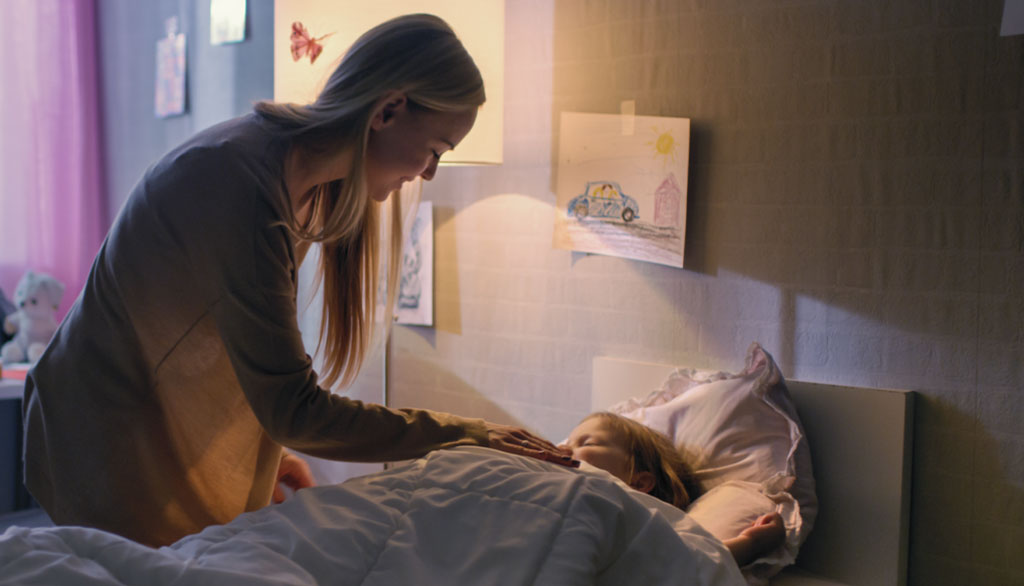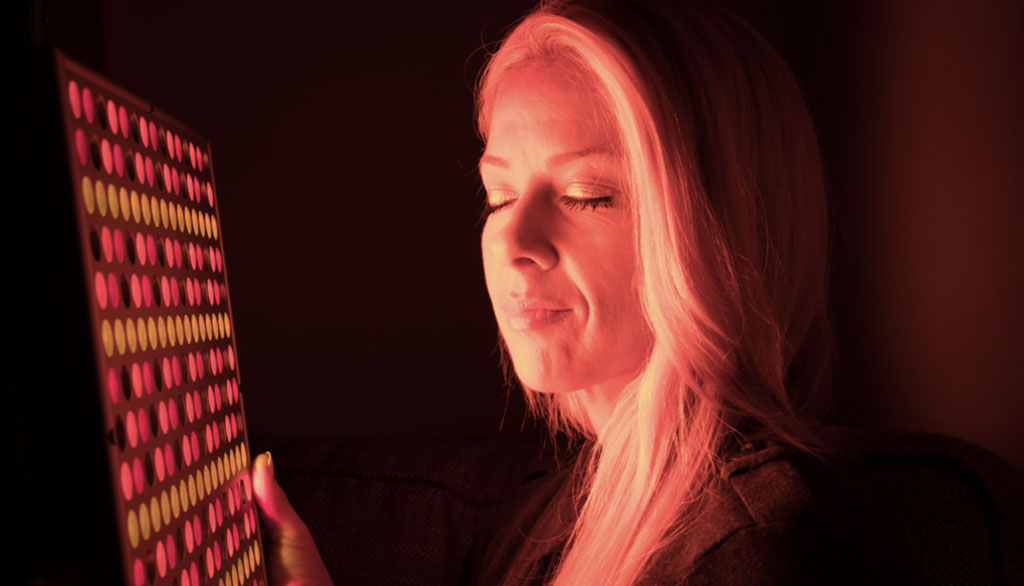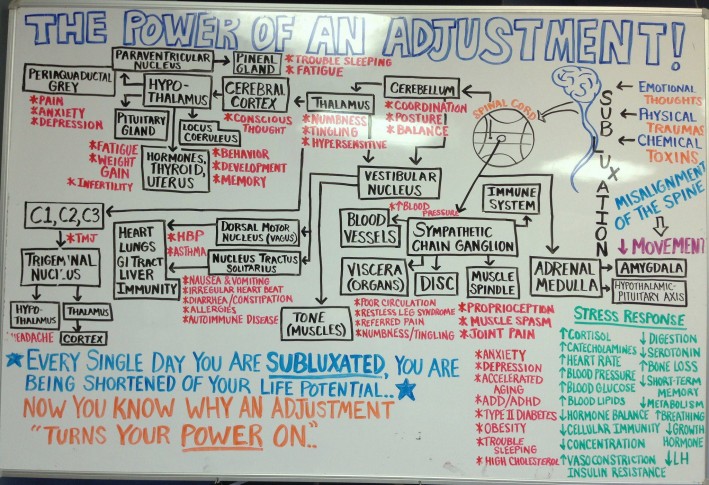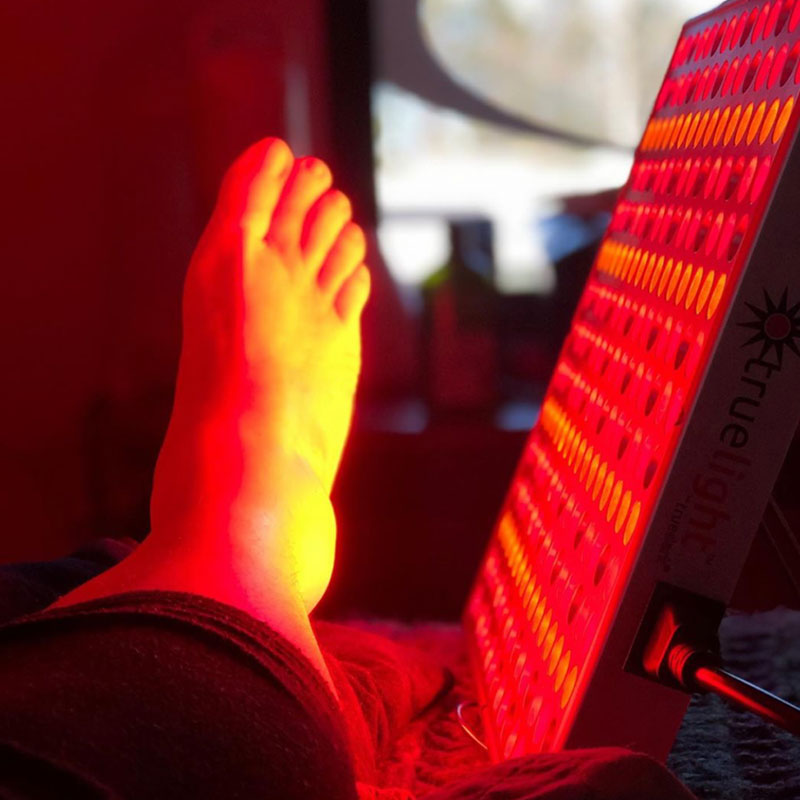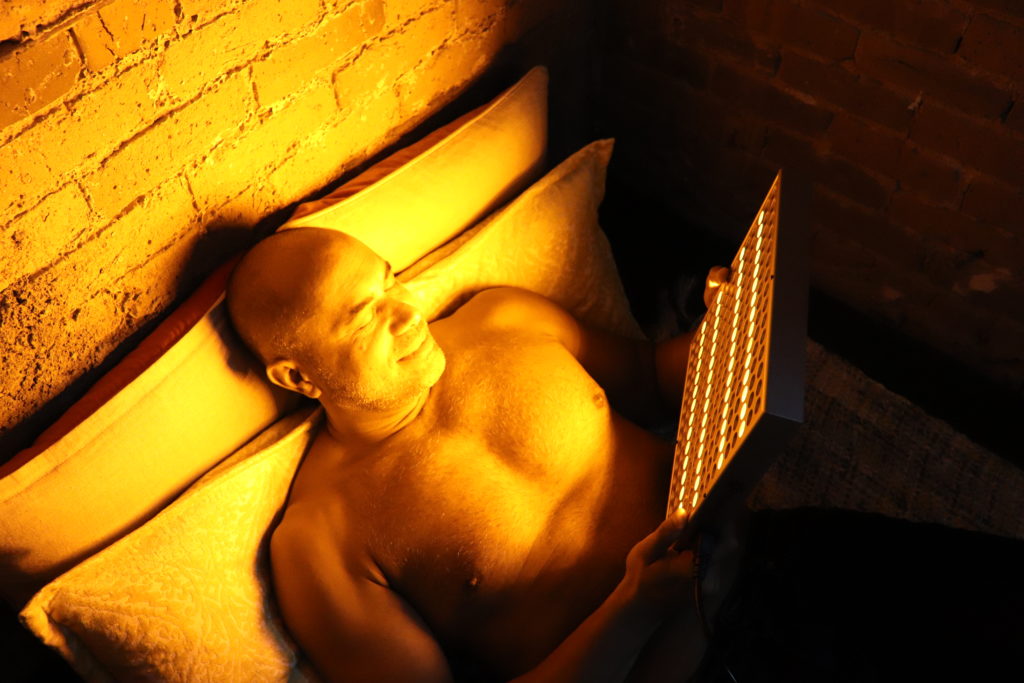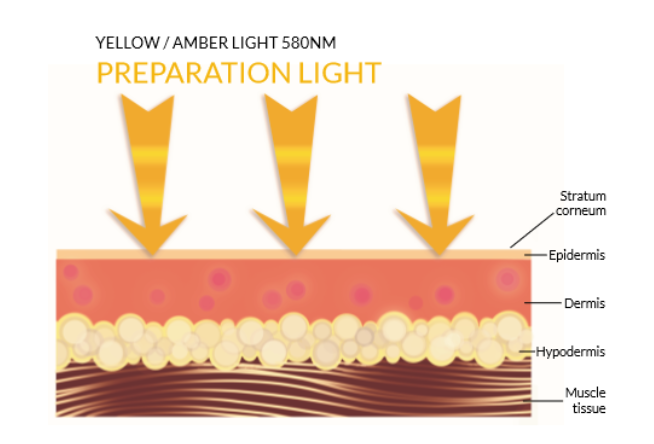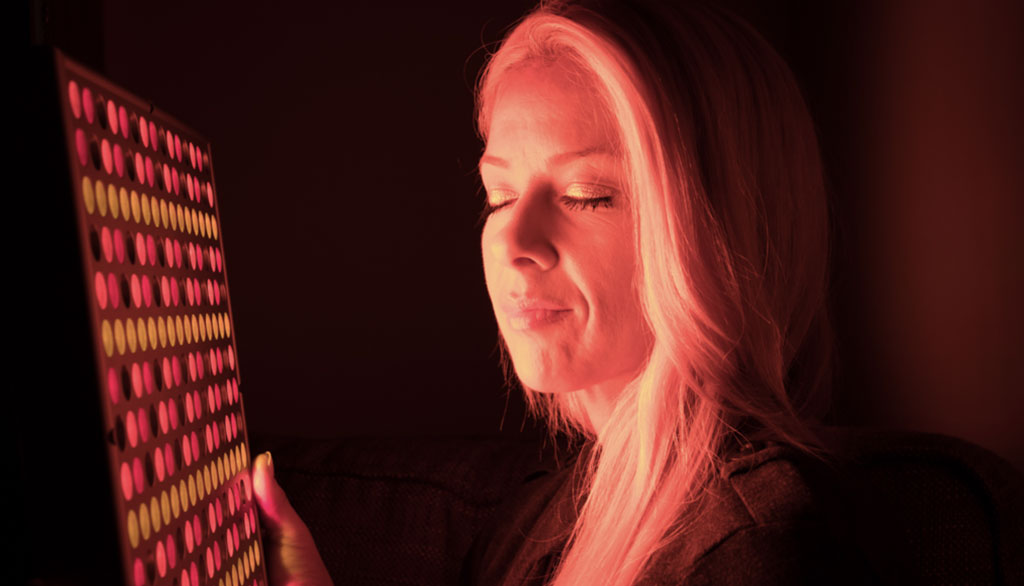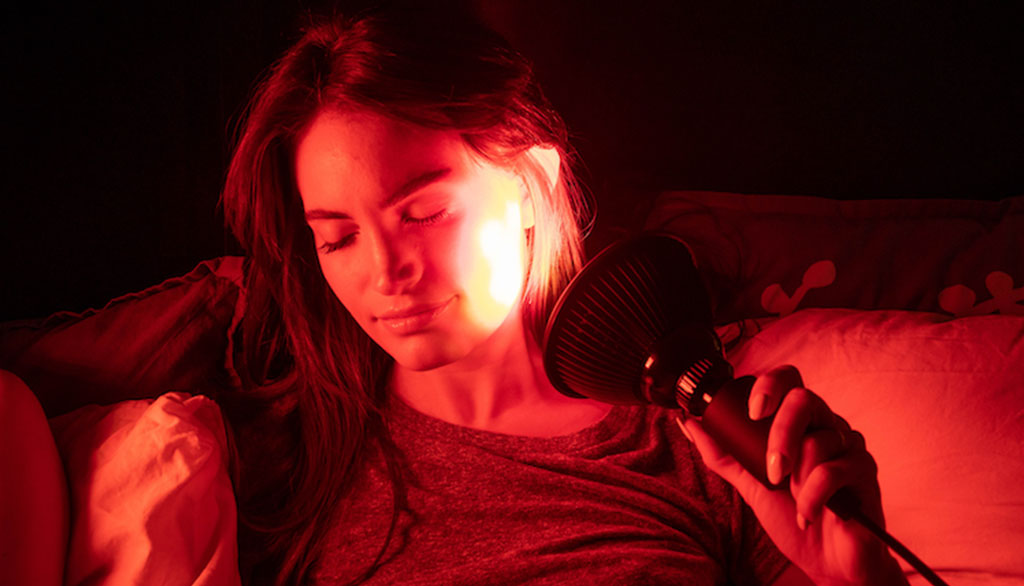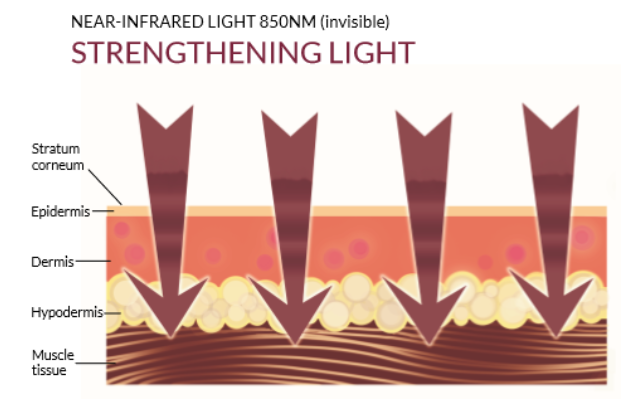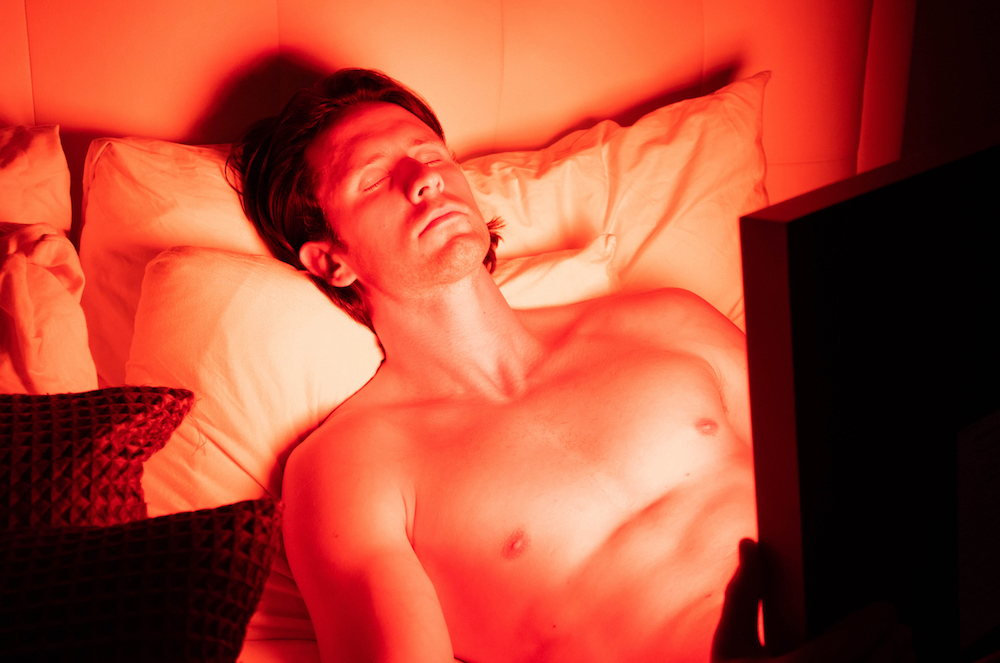Use Light to Improve Recovery Time After Surgery
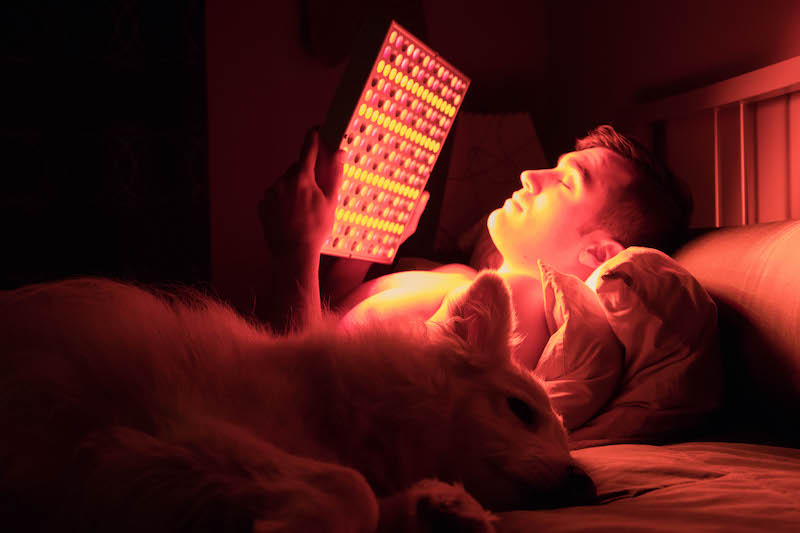
By Jenna Keane
What follows in this blog are the solutions I found through research, talking with my vet, other blogs, and experimentation. I used all facets of light and supplements to help my dog recover quickly. Food, light and electromagnetic technology made the ideal trifecta for faster than normal healing!
Light comes from many different sources – from the sun, light bulbs, our electronic gadgets, and more
In some cases, light gets a bad rap because of things like sunburn and blue light, and the effects that they can have on human health. This can make it easy to overlook the idea that light can, and does, actually do a lot good in the world. For one, it produces vitamin D, it also lets us see and care for our families at night. Most importantly perhaps is that, under the right conditions, it keeps us in sync with our natural circadian rhythm (our biological need to have alternative periods between light and darkness).
What’s less obvious is that light can be used as an aid for healing.
I have a very active four year old Welsh Terrier, Atticus, who ruptured his ACL – that’s the same knee ligament on people that often gets torn as we play aggressive sports and/or get older and step off a curb wrong. It hurts, and it takes a long time to heal. For at least eight weeks, it means short leash walks only, followed by another 8 weeks of no all-out-running. That’s 16 weeks total of keeping an active, non-human speaking mammal from re-injuring his leg. While he’s a dog rather than a baby, parents with babies and toddlers understand how hard it is when a little one gets hurt and doesn’t understand the purpose or extent of the recovery process after an injury.
When the diagnosis came in, I set off on a quest to figure out what alternative options there are to help him get back on his feet faster than normal, or at least as quickly as possible. I wanted to be prepared to help his body heal itself. In addition, I wanted to have a plan in place that would help him stay calm during post-surgery healing. His squirrel-chasing dreams were going to have to wait until he healed.

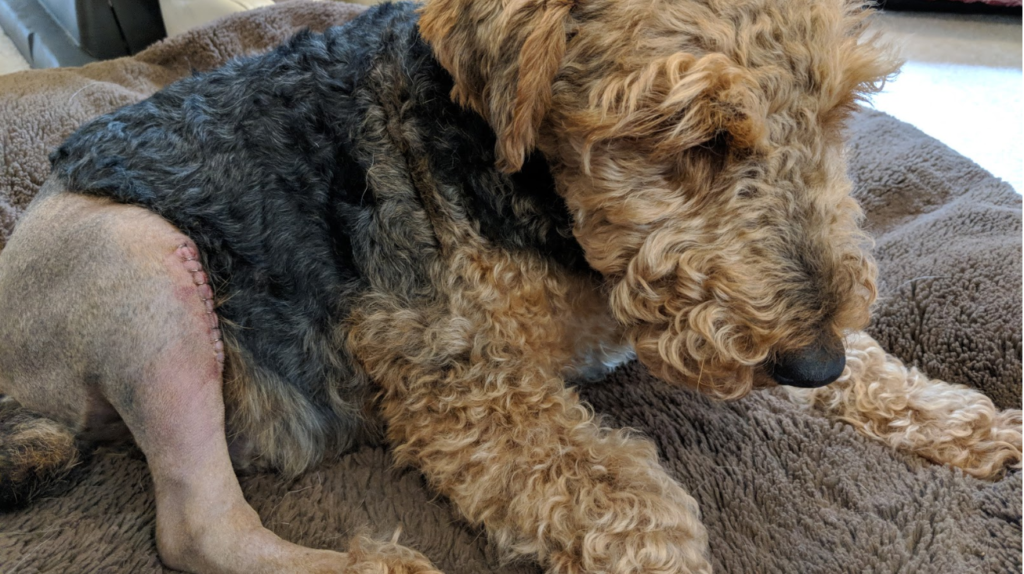
I started with nutrition to assist the body in rebuilding itself. A big focus was increasing his intake of healthy, grass fed collagen so he’d be topped off to rebuild his muscles, skin and bone post-surgery. When he woke up from surgery and had to stay overnight in the hospital, I prepared lamb bone broth with chunks of lamb, broccoli, cauliflower and carrots, plus some dog pre- and probiotics for him. Not too different from his normal meals, but this concoction definitely boosted the healing juices!
Then I focused on his ability to rest and sleep when he got home. Just like with people, light impacts animals. Since he can’t wear TrueDark® glasses, I had to go with the old fashioned way of simply not using electronics around him. I dedicated my home office as his recovery room (I moved to the dining room table.) This allowed me to control the type of light and the timing of when it was light vs dark. That helped him stay on his natural circadian rhythm, which is important for rest and healing. He didn’t need a bunch of junk light from the TV preventing him from getting sleep. Nor did he need light near his overnight sleeping corner that would tell him it “might” be daytime.
Many cutting edge veterinarians have recognized that cold laser therapy (remember, lasers are lights too) can help the healing process. It works by exposing tissues to red and near infrared light that acts on mitochondria to increase ATP production. It helps control pain and inflammation, as well as speed healing. In looking at Atticus’ nine staples, I was all for anything that would help his pain go down, and his tissue heal as quickly as possible.
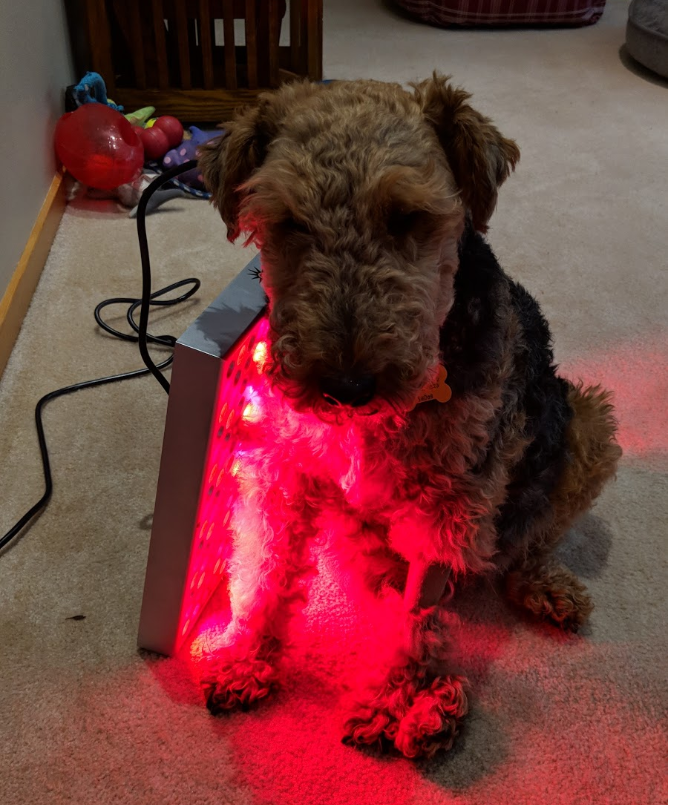
Another light solution is red light therapy.
When most people hear about light therapy, they think of seasonal affective disorder (SAD). But light therapy has a much broader reach beyond the impact of blue light. It turns out that photobiomodulation (a big word for “red light therapy”) can have a profound impact on skin and healing. This is similar to cold-laser therapy in that it’s impact on ATP production and healing works the same, but to a different degree of intensity. TrueLight® red light therapy, pictured here, uses LED lights in a range of wavelengths at a lower output than lasers, which makes it less invasive and potentially less harmful to tissues compared to a cold-laser. It’s a great at-home solution if you don’t have a vet that offers cold-laser, or you just prefer to help your pet quiet at home.
The surgery for a ruptured ACL involves bone, plates and screws, so there was deep bone damage that needed to heal. For this, I didn’t turn to light, I turned to PEMF. This uses electromagnetic fields to stimulate growth factors that help bone and tissue heal. It’s not known exactly how it works, but anything that could help the bone heal faster than 16 weeks was worth trying!
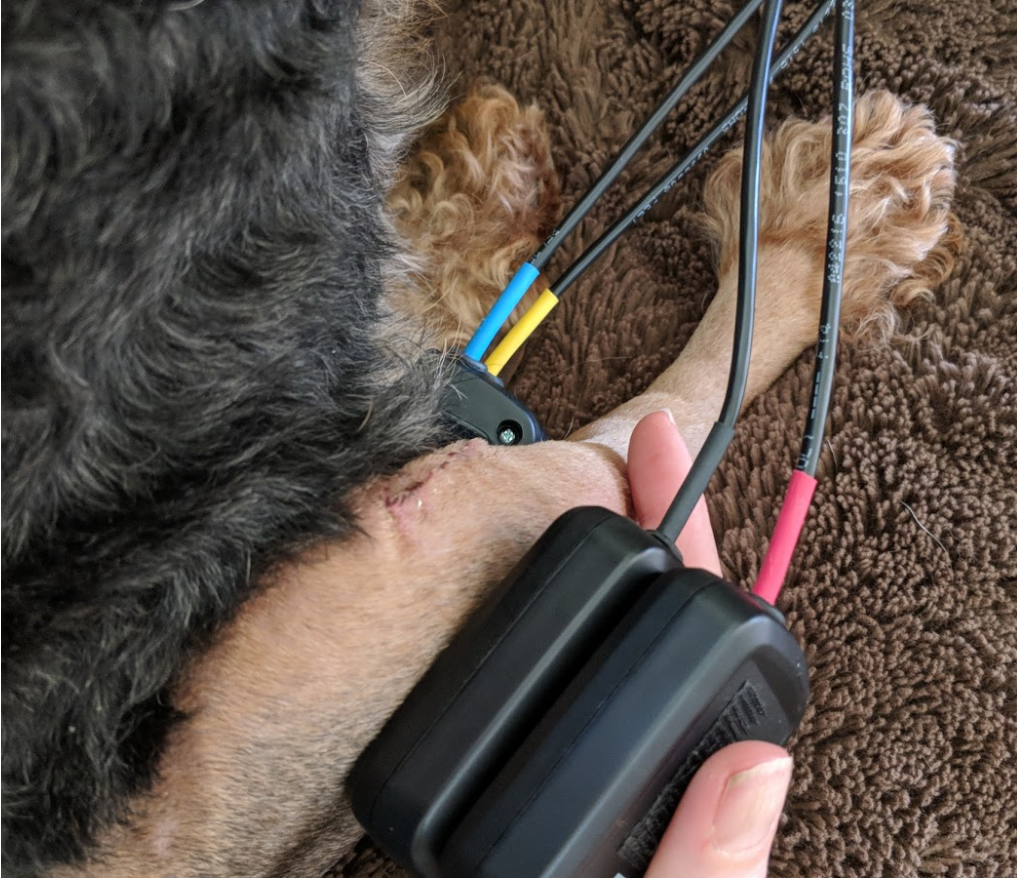
Here are options you have to help your pet (or yourself) recover from a major injury or surgery:
- Amp up nutrition with a focus on collagen, gut health via pre- and probiotics, plus natural fiber to keep internal systems normal before and after surgery.
- Control the light in your pets environment so they can get extra sleep and rest during recovery.
- Consider using a cold-laser (from your vet) or red light therapy (at home) to help with tissue recovery, increased blood flow and collagen stimulation which will help tissues recover faster from the surgery or injury.
- Consider use of PEMF from either a vet or an at-home unit.
Obviously, consult your veterinarian before using any procedure, supplement or technology to be sure it won’t cause harm. Also keep an eye on how hot your dog gets during the use of any tool. Atticus got warm during the red light therapy, so i broke it up into 2 ten minute sessions per day.
Update: Questions have been coming in asking if the process I used on Atticus can be used for people. Everyone has their own unique situation, so it’s not a “Yep, go for it!” type of answer. Do your research, ask your doctor what they know about this technology. If they don’t know, ask another…and another, until you find one who can give you feedback. These aren’t aggressive, invasive ideas. They are meant to help with pain and recovery. Worst case, they don’t help everyone. Best case, they reduce pain and speed healing, regardless of species.

